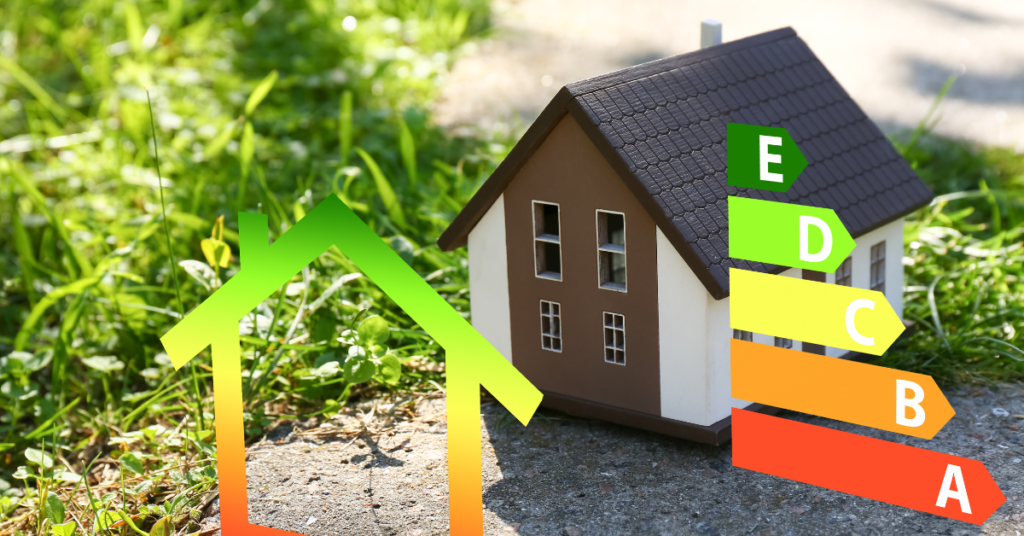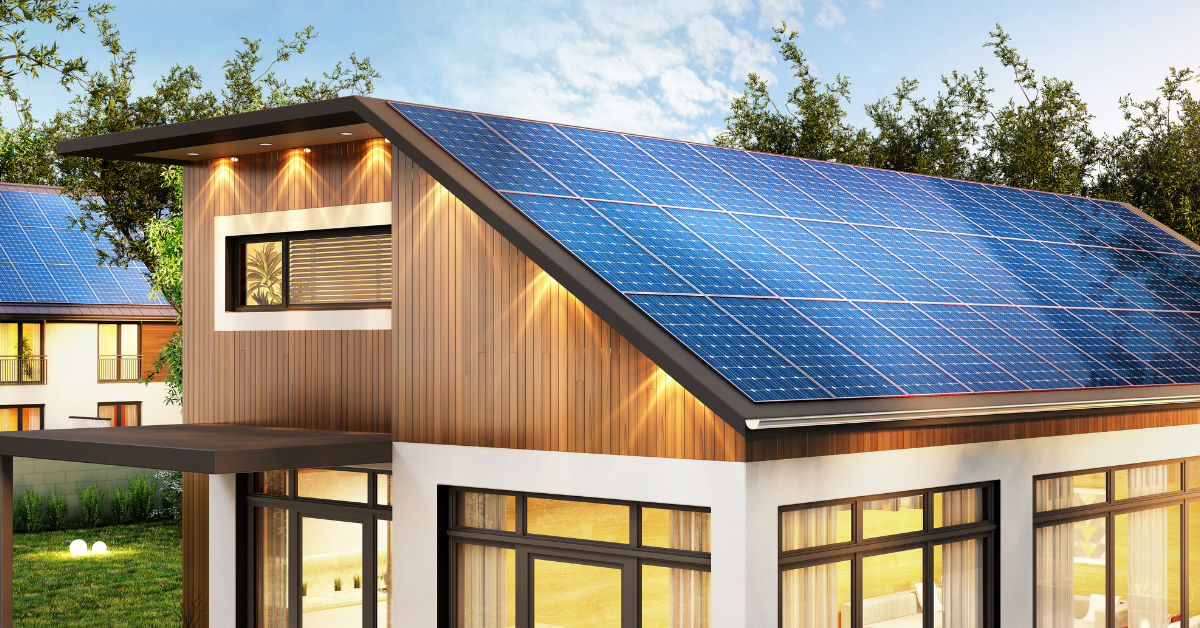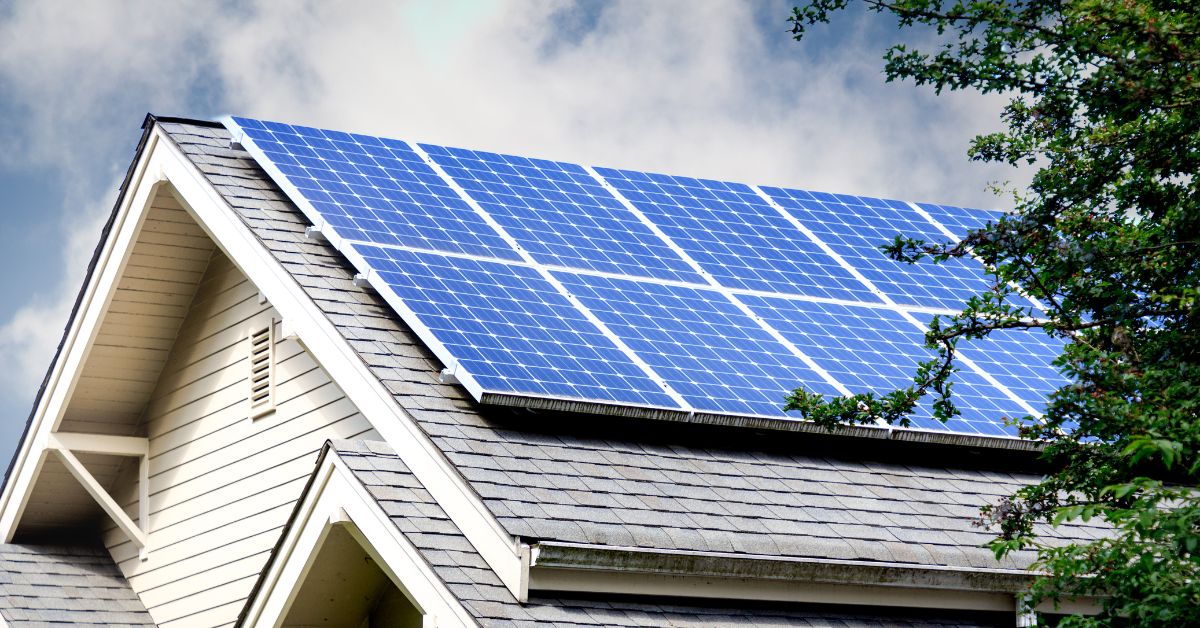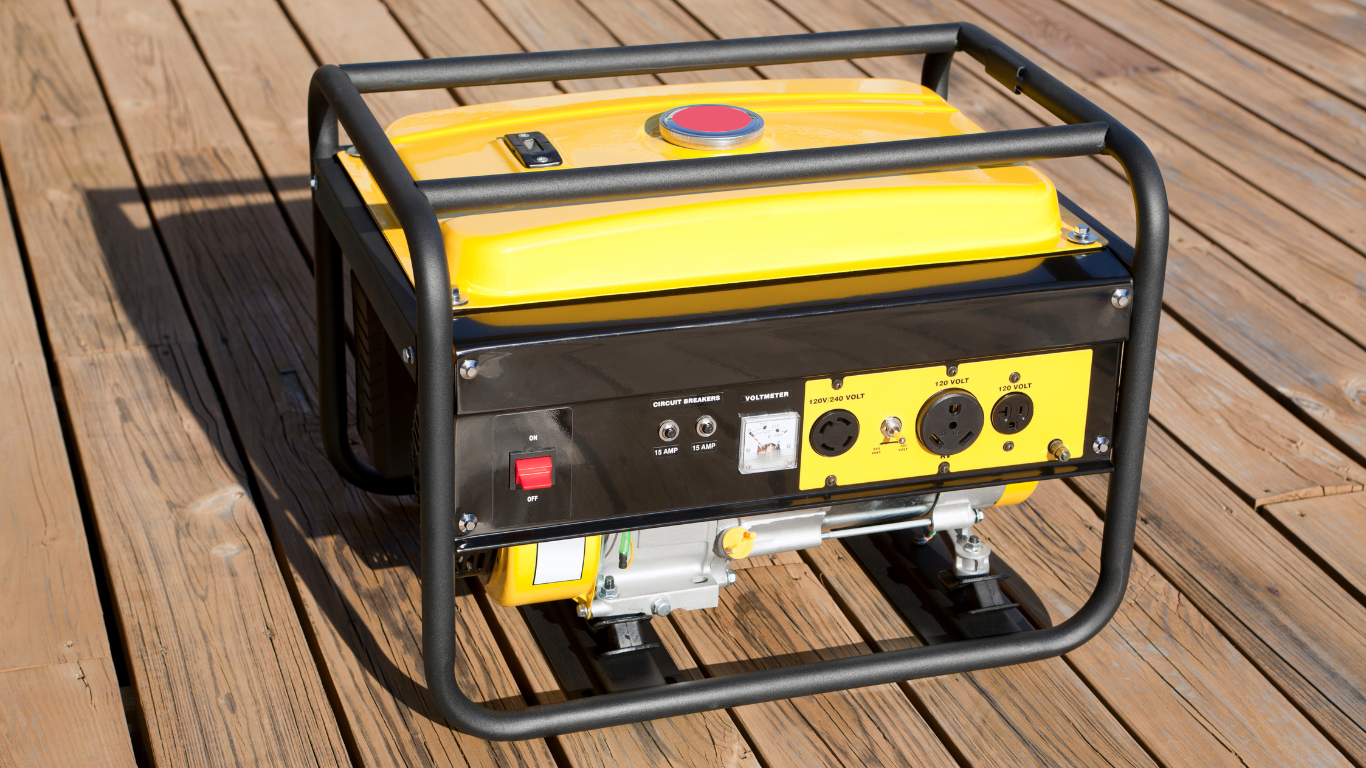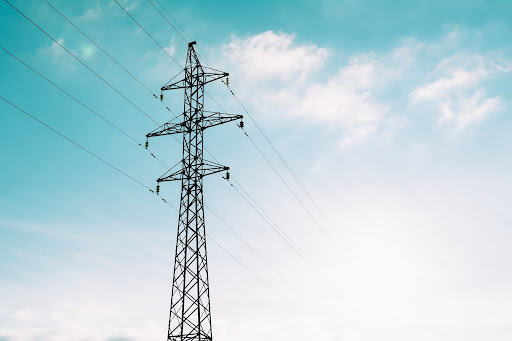An energy-efficient home comes with many advantages, including reducing your energy consumption, saving you money on your energy bill, and bringing you one step closer to becoming energy self-sufficient.
In this comprehensive guide, we will explore a wide range of major steps you can take to transform your home into an energy-efficient haven. From simple adjustments to more substantial improvements, we will cover various strategies that can help you achieve an energy-efficient home.
Lighting Upgrades for an Energy-Efficient Home
Transform your home’s lighting and enjoy significant energy savings with these steps:
- Replace Incandescent Bulbs with LEDs: LED bulbs are highly energy-efficient and can reduce lighting costs by up to 80%. Switching to LEDs throughout your home could save you around $75 per year in energy expenses.
Our Favorite LED Light Bulbs of All Time
- Flexible 7-A24 light bolts, 60 watt equivolent
- Up to 85.8% energy savings – replace 60 watts with 8.5 watts
- Long-lasting
- High-quality, healthy, eye-caring light
- Extra-bright, with 1500LM
- Extremely Long Lifespan with over 25,000+ hours
- Utilize Natural Lighting (and heating): Make the most of natural light by opening curtains and blinds during the day. This reduces the need for artificial lighting and contributes to energy savings.
HVAC Efficiency for Optimal Comfort
Enhance your home’s heating, ventilation, and cooling systems for improved energy efficiency:
- Upgrade to a Programmable Thermostat: Programmable thermostats allow you to schedule temperature adjustments, optimizing energy usage when you’re away. This simple upgrade can save you up to 10% on heating and cooling costs annually. Our favorite programmable thermostats are Honeywell thermostats which are easy-to-use, modern, and easily-customizable.
Our Favorite Programmable Home Thermostats of All Time
- Flexible 7-day programming
- Extra-large display with all vital information on 1 screen
- Large touch-screen display
- Set temperatures for when you’re home & away
- 7-day programming, 4 periods per day
- Regular HVAC Maintenance: Schedule professional maintenance for your heating and cooling systems to ensure optimal performance and energy efficiency. Clean filters, check ductwork for leaks, and tune-up your system regularly.
- Improve Insulation: Proper insulation in walls, attic, and floors helps maintain a comfortable indoor temperature and reduces reliance on heating and cooling systems. This can result in energy savings of up to 20%.
Energy-Efficient Appliances and Electronics
Upgrade your appliances and electronics to more energy-efficient options:
- Choose ENERGY STAR® Appliances: Opt for ENERGY STAR® certified appliances, such as refrigerators, washing machines, and dishwashers. These appliances consume less energy and can save you hundreds of dollars annually.
Water Efficiency for Resource Conservation
Conserve water and reduce energy associated with water heating:
- Install Low-Flow Fixtures: Replace showerheads and faucets with low-flow alternatives to minimize water consumption without sacrificing water pressure. This can save both water and energy costs.
Our Favorite Low-Flow Shower Heads of All Time
- Easy to install
- Stylish design
- Turbine-powered engine
- Amazing value for price
- Single-function spray setting
- Stylish
- Distributes water evenly with Intense, Massage and Combination settings
- High pressues and low maintenance
Our Favorite Low-Flow Shower Faucet of All Time
- Fits single hole installations
- Metal. slick modern design
- Uses at least 20% less water than industry standard — no compromise on performance
- Fix Leaks Promptly: Address any water leaks in faucets, toilets, or pipes promptly. Wasting water not only impacts the environment but also increases energy usage for water heating.
Renewable Energy Integration
Harness the power of renewable energy to further enhance your home’s energy efficiency:
- Solar Panel Installation: Consider installing solar panels on your roof to generate clean, renewable energy. Solar panels can offset a significant portion of your electricity usage, resulting in substantial long-term energy and financial savings.
- Geothermal Systems: Depending on your location and resources, wind turbines or geothermal systems may be viable options for renewable energy generation and reducing reliance on conventional energy sources.
Conclusion
By implementing the steps outlined in this comprehensive guide, you can transform your home into an energy-efficient haven.
Embrace energy-efficient lighting, optimize HVAC systems, upgrade to energy-saving appliances, conserve water, and explore renewable energy options like solar panels. These efforts will not only bring you one step closer to becoming energy self-sufficient and un-reliant on centralized energy infrastructure, but also provide long-term energy and cost savings.
Remember, each home and its energy needs are unique. The energy and financial savings may vary based on factors such as your energy consumption patterns, regional climate, and specific home improvements.
While creating an energy-efficient home will reduce your energy consumption, it is still not enough to make you completely energy self-sufficient. But you can achieve energy independence without spending a fortune.

